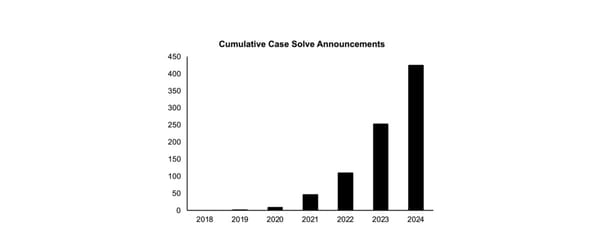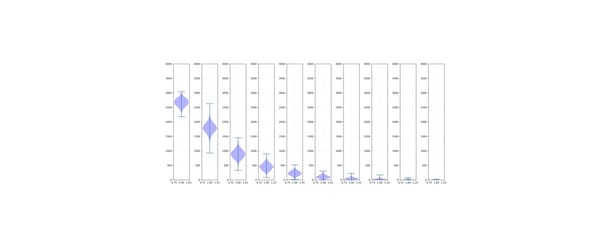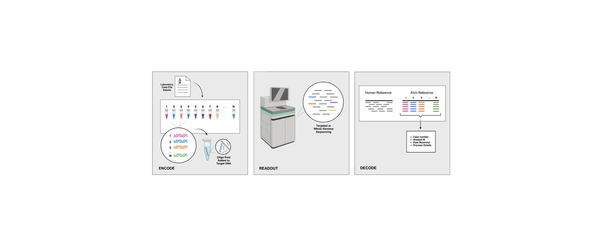Identification of unidentified human remains (UHRs) is crucial yet challenging, especially with traditional forensic techniques. Forensic anthropological examinations can yield ancestry estimations; however, the utility of these estimates is limited by the data points that can be collected from partial remains, complexities of admixture, and variation of phenotypic expression due to environmental effects. While it is generally known that anthropological estimates can be imprecise, the performance of these methods has not been studied at scale.
Genome-wide SNP testing is an orthogonal approach for estimating ancestry and offers a unique opportunity to measure the magnitude of anthropological ancestry misattribution. Genomic ancestry inference leverages principal component analysis (PCA) and model-based clustering approaches. This study compares anthropologically determined ancestry with those estimated using genome-wide SNP markers. A dataset of 611 UHR samples with publicly available ancestry assessments from National Missing and Unidentified Persons System (NamUs) was analyzed. The genetic ancestry approach, validated against reference population samples, offers robust ancestry calculations for major population groups. Inconsistency between anthropological and genomic ancestry assignments were observed, particularly for admixed populations.
Although forensic anthropological examinations remain valuable, their limitations emphasize the need for refinement and enhancement through the augmentation of SNP-based analyses. Further validation studies are crucial to define the uncertainty associated with both anthropological and genome-based ancestry estimates to resolve cases and aid law enforcement investigations. Additionally, current policy and practices for reporting ancestry for UHRs should be revisited to reduce potential misinformation.






